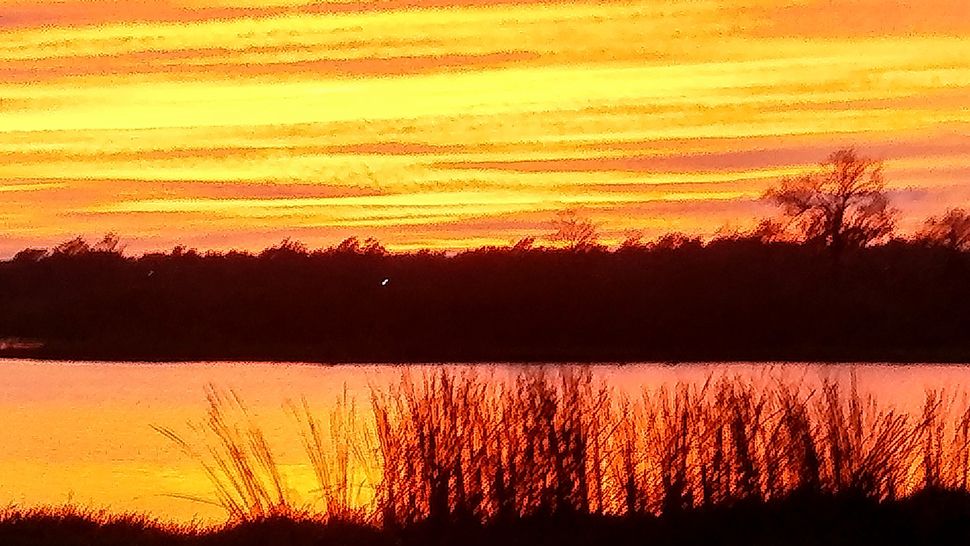ORLANDO, Fla. — The meteorological calendar flipped to fall on September 1, while the autumnal equinox was on September 22.
- 4 Central Florida cities experiencing warm fall temperatures
- High-pressure systems bringing humidity, heat
- INTERACTIVE: A deeper look at the record warm temperatures ▼
But we're finding out firsthand that Mother Nature doesn't work on a calendar.
Here we are in the middle of November, feeling one of the warmest falls on record-to-date in Central Florida.
This meteorological fall (September 1 through mid-November) is the warmest on record-to-date for Orlando, Daytona Beach, Melbourne and Sanford.
Orlando has only had three afternoons with temperatures in the 70s through mid-November. The 30-year average is for Orlando to have nine days below 80 degrees through this point in November. Last fall, Orlando already had 10 days cooler than 80 degrees.
So what is going on this year?
Typically, by mid-October, Central Florida is starting to get cold fronts that scour out the humidity and usher in cooler temperatures. We've had cold fronts move through, but we've quickly returned to the summer-like feel after brief cooldowns.
The problem is that after a cold front has passed through this year, an area of high pressure has quickly moved back in over Florida. We've also had these cold fronts move back to the north as a warm front, which has caused our winds to shift out of the south, bringing back humidity and warmer temperatures.
High-pressure systems are associated with sinking and warming air. So these stubborn high-pressure systems have been warming our temperatures to near-record levels over the past few months.
High pressure systems can also act like brick walls. This means they tend to hold cold fronts to the north of Central Florida. So although the cooler air may make it as far south as Georgia or northern Florida, here in Central Florida, we're stuck with the warmth and humidity.
A potent cold front is set to move into Central Florida this week, likely the strongest push of dry and cooler air we've seen so far this fall.



